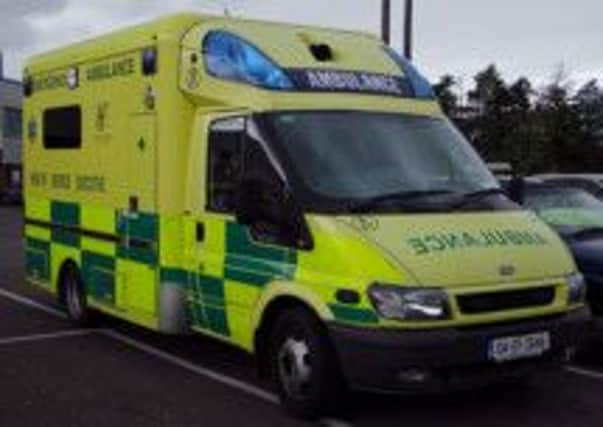Ambulance service not meeting targets on ‘life-threatening’ calls in Mid Ulster


But on 60 per cent of those call-outs, it took longer than the service’s eight-minute target time to reach the patient according to statistics provided to the Mail through a freedom of information request.
And Northern Ireland Ambulance Service [NIAS] has also disclosed that it took over half an hour to get a quarter of a further 61 patients complaining of cardiac or respiratory arrest “transported to hospital with resuscitation ongoing”.
Advertisement
Hide AdAdvertisement
Hide AdNIAS, however, in response to the figures has said that “any patient declared dead at the scene by NIAS staff may have already been deceased at the time of the call” - though it is unclear in how many cases this happened.


The information, which covers life-threatening call-outs [Category A] in the current council districts of Cookstown, Magherafelt and Dungannon, detail the time taken to arrive at the scene of 211 patients who died before they made it to hospital in those areas between the 2012 and November 3 this year.
Of that number, it took the ambulance over eight minutes to get to 121 of those patients, while in a quarter of the total number of cases listed it took over 15 minutes for paramedics to arrive - meaning NIAS targets were not met.
In one case, a patient in Cookstown waited 33 mins 58 secs for medical help to arrive with the reason for the call being cardiac/ respiratory arrest/ death. This patient was pronounced dead at the scene.
Advertisement
Hide AdAdvertisement
Hide AdIn response to these figures, a spokesman for NIAS has conceded that they are not reaching targets, citing challenges like “annual increases in demand on the service, inappropriate use of the service and the rural nature of some areas” as reasons.
Within both the Northern and Southern Trusts ambulances are required to reach 67.5% of immediately life-threatening calls [Category A] within eight minutes.
But in Mid Ulster, which is covered by both Trusts, this was the case on just 41% of Category A call-outs when the patient was pronounced dead at the scene after paramedics arrived.